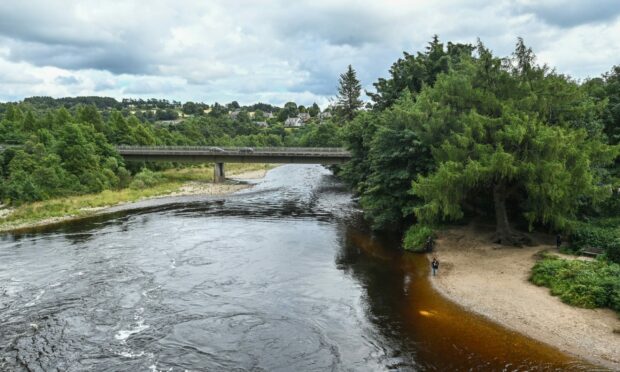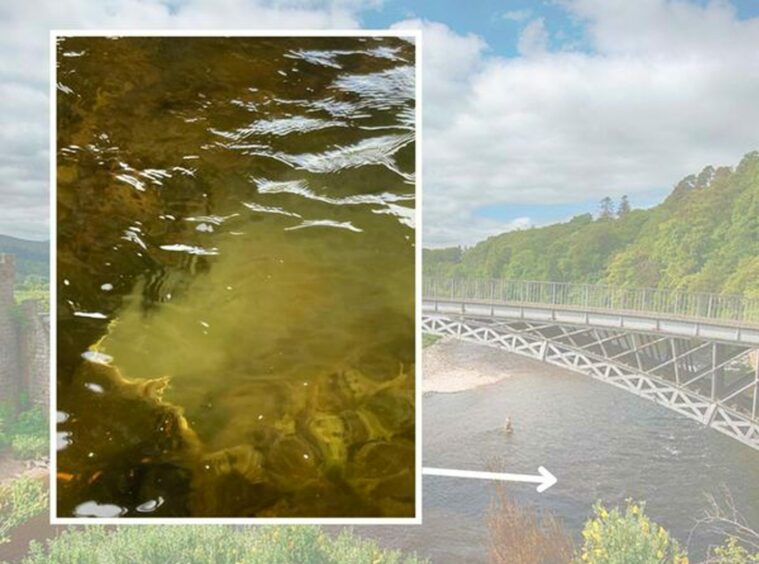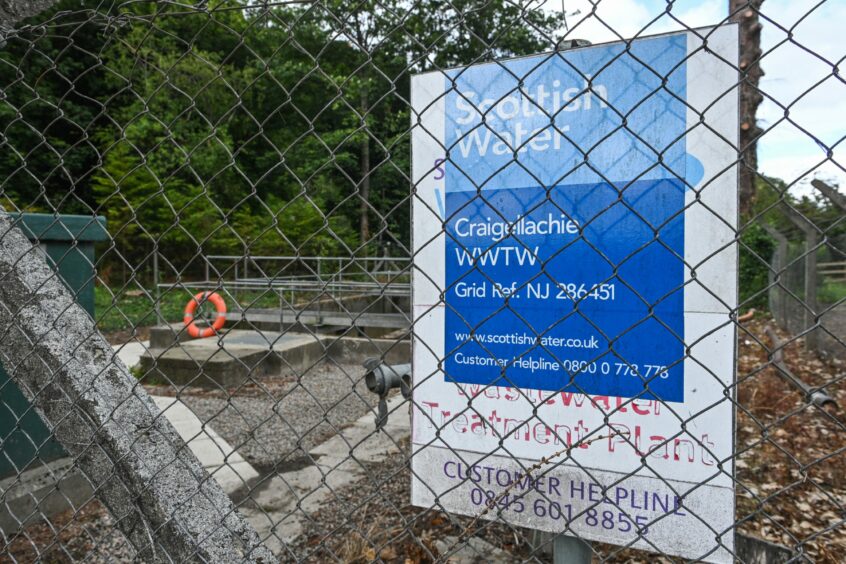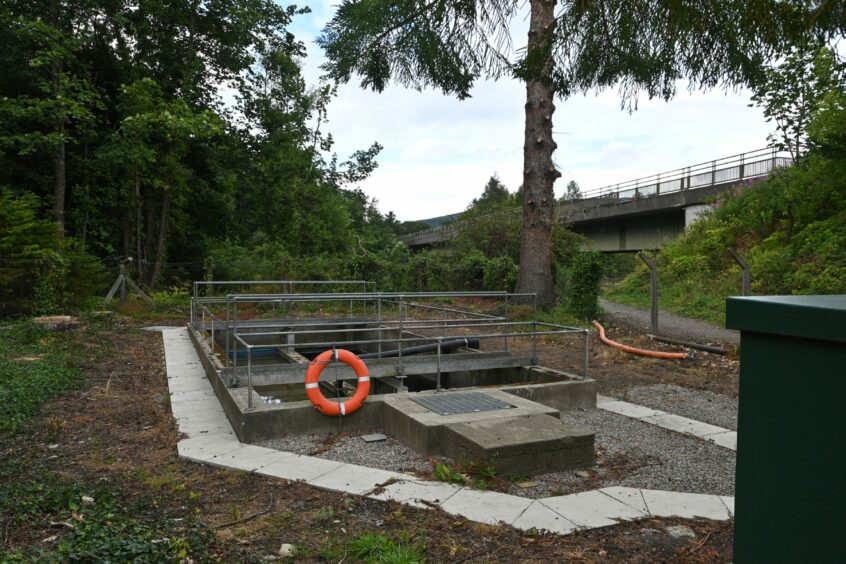A sewage treatment pipe expelling raw sewage into the River Spey for days has raised concerns following record low water levels last week.
The pipe is located near the Craigellachie Bridge downstream from the local village septic tank, which is where the pollution is coming from.
Sandy Scott, chairman of the Spey Fishery Board, has claimed that the pipe has been pouring pollution “constantly” since at least July 16.
Pollution in river can have a devastating impact on plants, wildlife and humans, as the area is popular with fisherman and kayakers.
It also impacts native fish species including Atlantic salmon and brown trout, which are already in danger due to environmental pressures.
This is especially important following record high temperatures last week, which caused significantly low water levels in the river.
Coupled together, it makes the River Spey more polluted as there is less water to dilute pollutants leading to health risks in both plants and wildlife.
‘Must get a grip on how we handle our environment’
In addition, the Spey is designated by NatureScot as a Site of Special Scientific Interest and a Special Area of Conservation.
This is due to the presence of species such as Atlantic salmon, freshwater pearl mussels, otters and sea lampreys, which are at risk from high pollution levels.
Mr Scott alleges Sepa has been slow to take action against polluters, which if allowed to continue he says is “courting disaster”.
He said: “It’s not new. Sewage farms in Scotland on rivers like the Spey and the Dee have been discharging raw sewage for years.
“Sepa does nothing about it, gives no warning to people who might be using the river like canoeists, anglers or wild swimmers that it is happening, which puts them all at risk.
“Especially last week, we were experiencing record temperatures and very low water levels so the sewage was not being diluted at all.”
He says he has previously tried to contact Sepa to alert them to polluters at sites on both the Spey and the Dee, but he says “they were not interested in coming” to view the damage.
Mr Scott said: “With advancing climate change we know experience very warm dry summers compared to what we used to.
Low water level could make sewage more visible
“The river become much lower than it used to and its when you begin emptying raw sewage that your are courting disaster.”
“We really must get a grip on how we handle our environment.”
A previous report released in 2019 be Sepa, who inspected the Craigellachie site rated the site as “excellent” for compliance with licence requirements to maintain water quality.
A spokeswoman for the Scottish Environment Protection Agency said: “Sepa has not received any reports from members of the public concerned about pollution of the River Spey at this location, so we are grateful to the Press and Journal for bringing this to our attention.
“Last week, the River Spey was under Alert level for water scarcity. This means water levels would have been low and the treated effluent discharge more noticeable. However, the river flow appears to be improving as a result of recent heavy rainfall.
“We have contacted Scottish Water as a precaution to request confirmation the sewage treatment works is operating normally and will carry out further investigations as necessary.
“We continue to encourage anyone concerned about potential pollution to report this online at www.sepa.org.uk/report or by calling the SEPA Pollution Hotline on 0800 80 70 60.”




Conversation